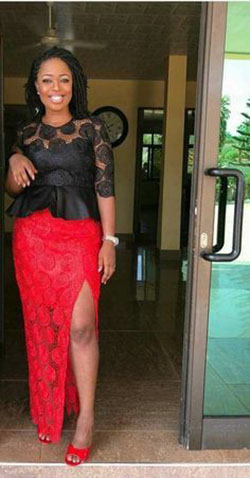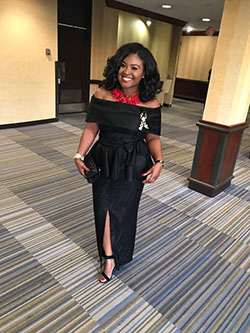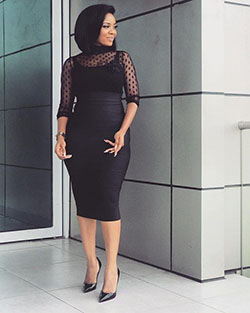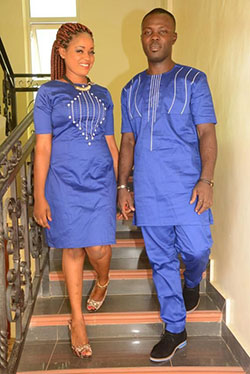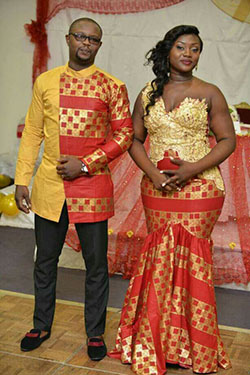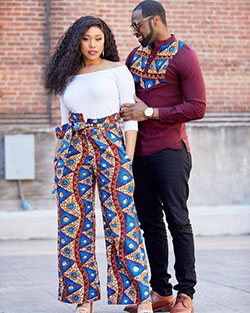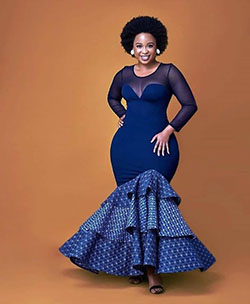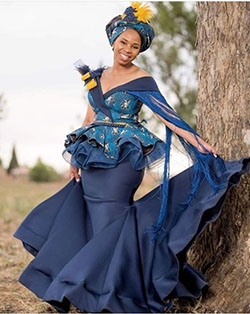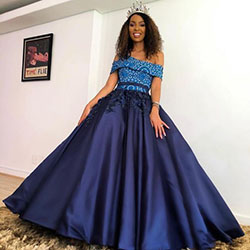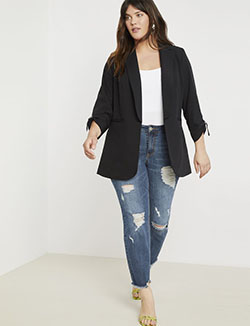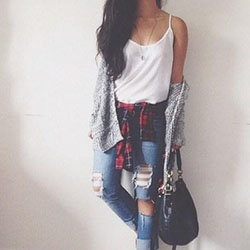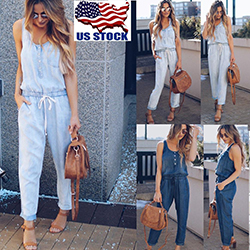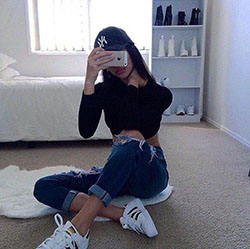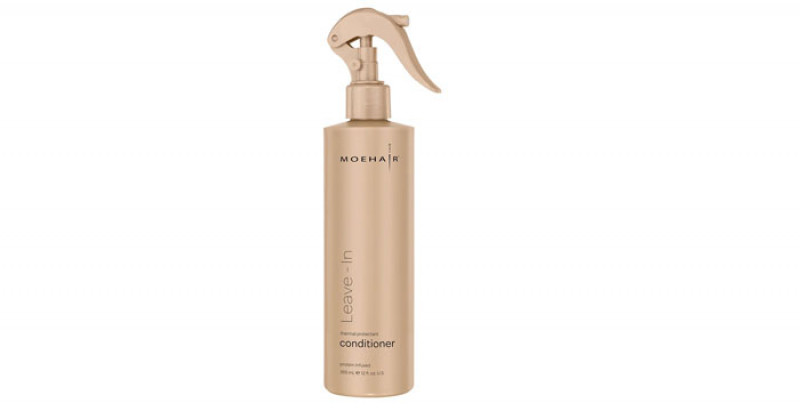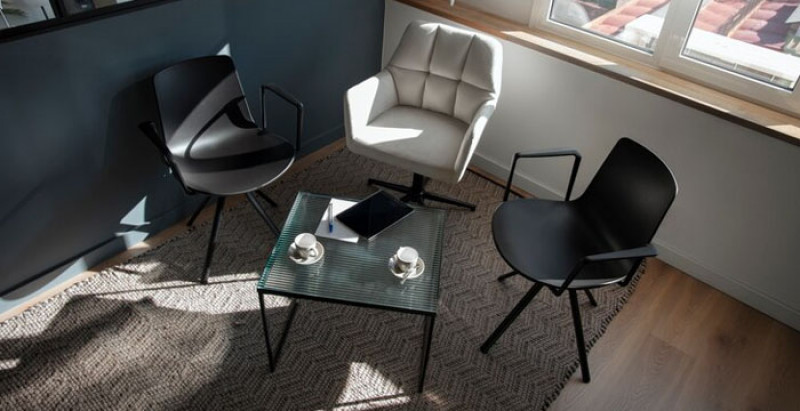
Negotiators might want to focus on the core matters at hand, but seemingly superficial issues can sway decisions. Issues that may appear trivial like how you look can make or break negotiations. So, it’s important to be mindful of how you dress. Here’s a look at how to choose what to wear to help you clinch success in negotiations.
Look Trustworthy
Contract negotiation training says that dressing in a way that inspires trust can appeal to the subconscious to create a smooth negotiation environment. Here are some tips for a trustworthy, dependable look.
Choose the Right Colors
Colors influence feelings and decisions. You can strategically use your wardrobe to evoke a sense of trust and dependability with colors such as blues and browns.
According to Science of the People, blue denotes truth and wisdom. The color has an anti-stress effectthat has been linked to lowering blood pressure and heart rate,drawing out feelings of calm and stability. Browns and other earth tones symbolize stability and reliability.
Wearing blue or brown during negotiations can help you diffuse tensions so both sides can see eye to eye and come up with positive solutions.
Bright, bold colors can be sharp and intimidating, which can make it harder for your negotiating partner to find common ground with you. So, consider avoiding colors such as red to set the tone for win-win solutions.
Consider Fabrics and Feel
Get Skilled AOM says razor-sharp edges can make you appear prickly. So, consider softening the lines and edges of your attire. For instance, instead of folding your pocket square with straight-edged pointy lines, you can scrunch it up into a puff.
YesStylist also advises opting for natural fabrics that make you appear warmer. For example, reaching for clothes made from wool, cashmere, and cotton can make you look more amiable.
Find the Right Accessories
According to Simone Walsh Fashion, gold-metaled accessories give a feeling of warmth. In contrast, silver appears cooler. So, when choosing accessories such as belts, brooches, and watches, consider picking up pieces with gold detailing rather than silver. It also helps to keep your accessories to a minimum, as you may come across as ostentatious or insincere if you lay them on too thick.
Choose Perfect Fits

Perfect-fitting clothes can evoke feelings of confidence. This can prevent friction, making it easier to reach ideal conclusions about your contract terms. Consider having your attire professionally tailored to ensure a better fit. If your clothes are loose-fitting, you run the risk of appearing sloppy. On the other hand, tight-fitting clothes can be a distraction.
Put Your Best Foot Forward in Contract Negotiations
As the adage goes, first impressions last. Trained psychologists say this is because of a cognitive bias called the “halo effect.” This is when people develop a bias based on what they first thought of someone.
For example, researchers from the Adelson School of Entrepreneurship in Israel found that attire is linked to perception. In the study, participants were split into two groups. Group A was shown a photo of a potential client in a chic formal suit. Group B was shown an image of a man casually dressed in jeans.
Researchers then asked the participants to pretend there were party planners and give an estimate of the services to each man.
The results of the study uncovered that the participants made much higher offers to the spruced-up man than to the casually dressed one. The researchers concluded that people connect formal attire with a wealthier status.
If people see you negatively from the jump, it’s likely to stand in the way of effective negotiations. Say you’re a salesperson dressed in shabby attire. Your potential customers may be inclined to write you off. No matter how well you attempt to pitch and negotiate a contract, the customer’s mind will likely already be clouded.
It pays to choose attire that’s likely to make a positive impression. However, there’s no one-size-fits-all when it comes to putting your best foot forward. Being overly formal in a non-formal setting can make you appear too stiff. For example, if you’re negotiating with farmers who are dressed in farm boots and plaid shirts, a suit and tie won’t do. So, consider taking time to research the people you’re negotiating with.
Be Conscious of Every Detail

Seemingly trivial details can muddle up your look. You may get the clothes right but miss the mark when it comes to other parts of your appearance. This can create an overall poor impression which can harm your ability to come to a suitable contract conclusion in your negotiations. Here are some pointers from the trainers at Lumen Learning to keep in mind:
- Keep your nails perfectly manicured and clean. Also avoid patterns, colors, and designs on your nails that may be distracting and unprofessional.
- Clean and press your clothes. Also, check for frayed hems or small holes. Wrinkles, stains, and any small irregularities can affect your professional demeanor. So, consider taking the time to check your clothes a few days before your meeting to make sure everything is in order.
- Even if your attire fits without a belt, use one if your clothes have belt loops.
- Choose bags, umbrellas, and hats that go with your attire. If you’re in full business attire, avoid casual items.
- Be well-groomed and fresh-smelling with your hair neatly made. It’s often better to maintain a natural feel. Too much makeup or perfume can hold back your progress, especially if you’re dealing with people who may be sensitive to smells and colors.
Key Takeaways
Cognitive bias can affect negotiations, so be sure to dress for a positive first impression. You can use your clothes to craft a dependable look that helps build trust. Details are also important, so train your eye to be mindful of the finer specifics of your overall appearance, too.

